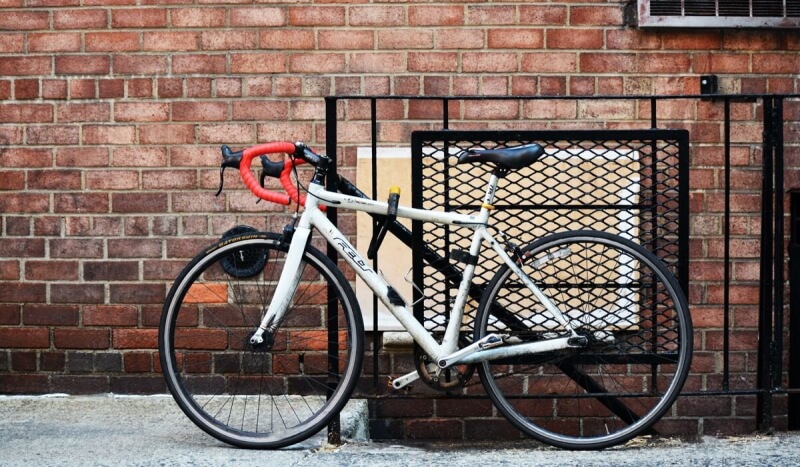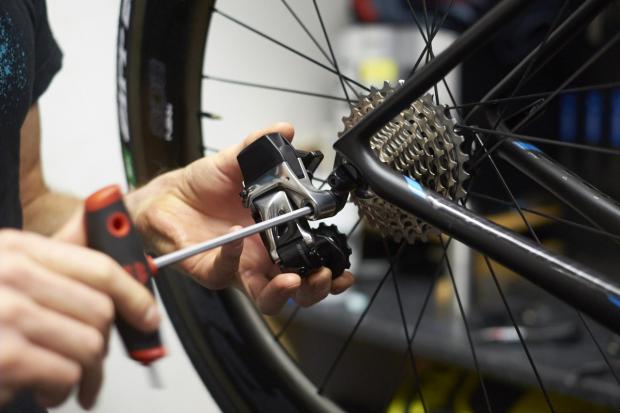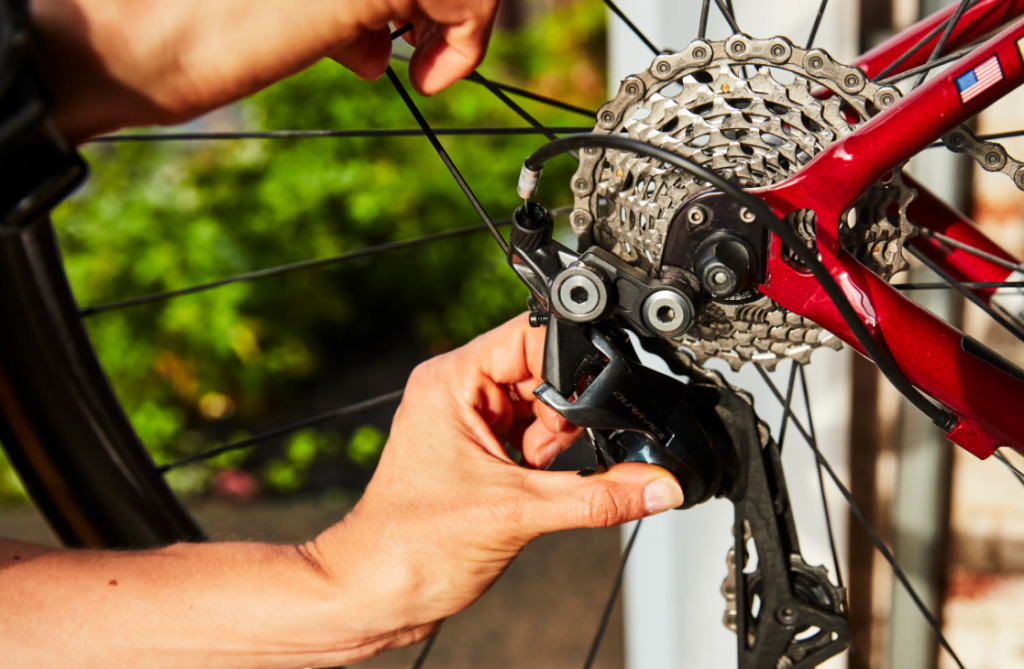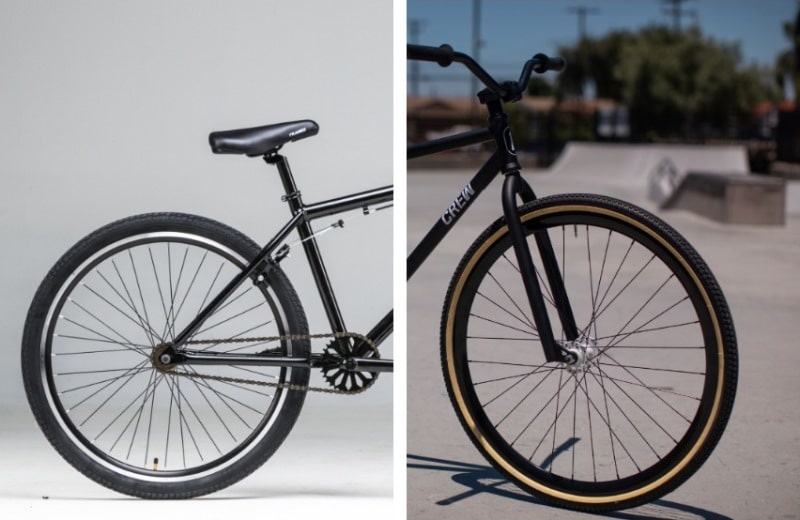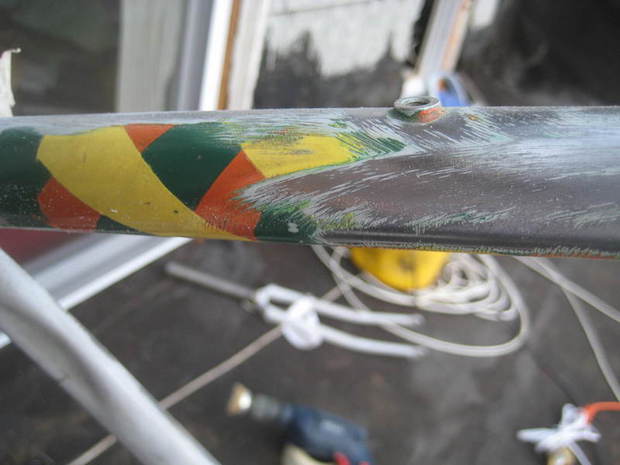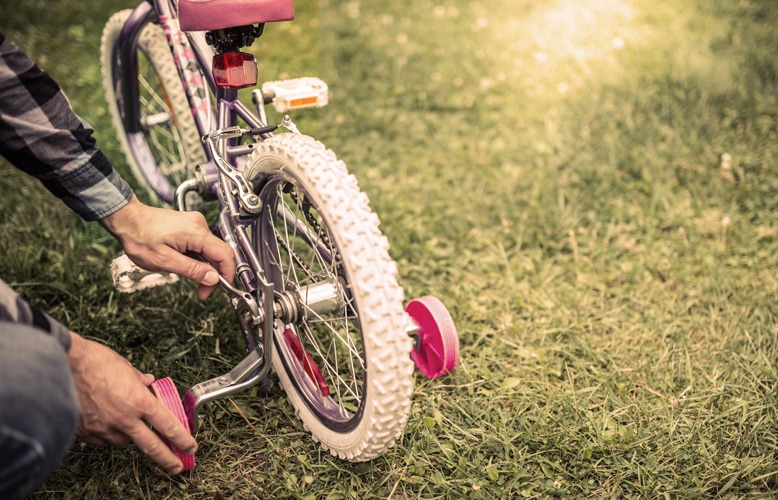- Trails
-
Bikes
-
Gear
-
Tips & Tricks
-
About us



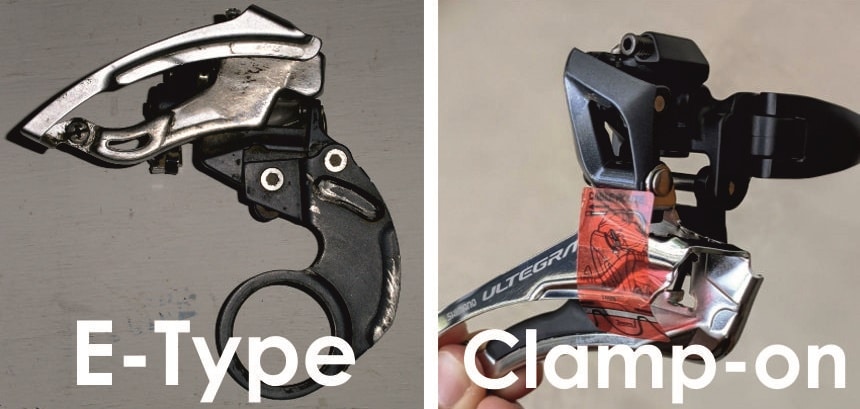 Before you begin to replace the old front derailleur and install a new one, you have to know that there are two types of derailleurs: welded and braze-on derailleurs.
Before you begin to replace the old front derailleur and install a new one, you have to know that there are two types of derailleurs: welded and braze-on derailleurs.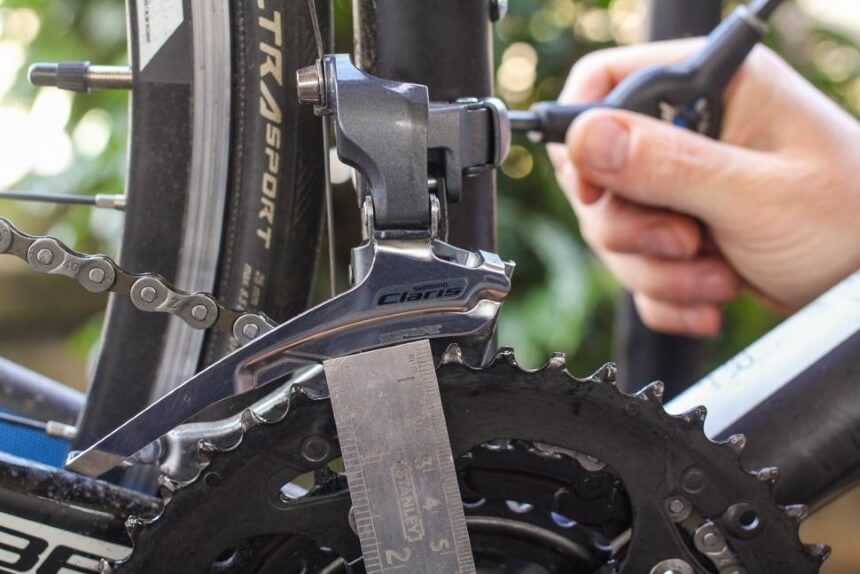 In this phase, the position of the derailleur with respect to the chainrings must be correctly calculated. Powertrain experts recommend that the derailleur should be installed
In this phase, the position of the derailleur with respect to the chainrings must be correctly calculated. Powertrain experts recommend that the derailleur should be installed 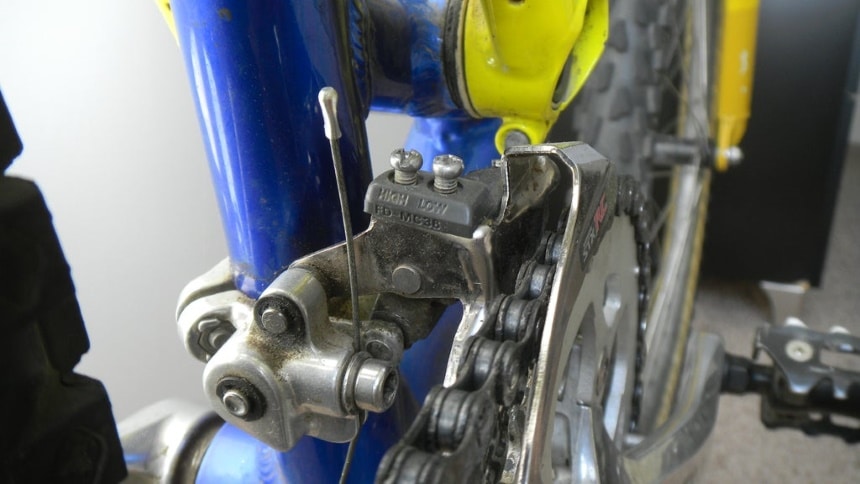 When you have completed the initial steps, you will have to modify the development of the bike and put the changes in combination with a large sprocket and small chainring. In this phase, proceed to modify the physical stops to limit the operating range of the derailleur and the chainrings.
When you have completed the initial steps, you will have to modify the development of the bike and put the changes in combination with a large sprocket and small chainring. In this phase, proceed to modify the physical stops to limit the operating range of the derailleur and the chainrings.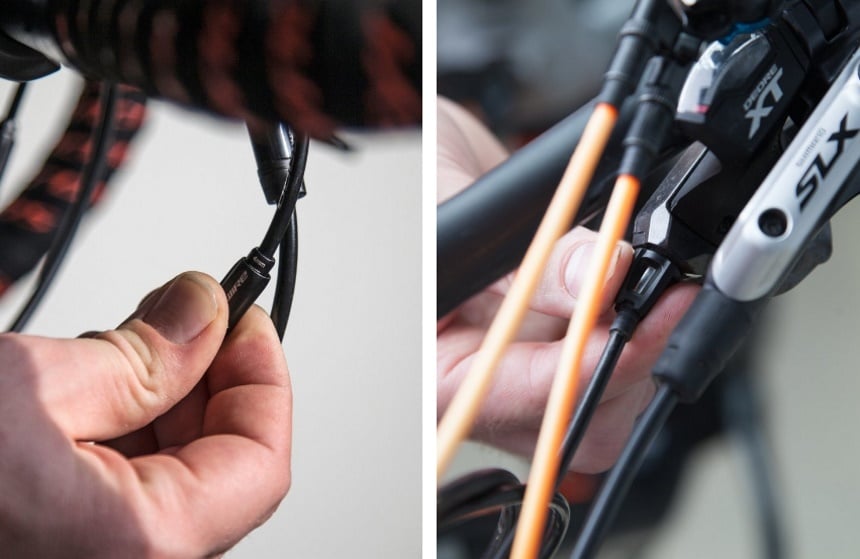 The adjustment also requires locating the chainwheel cable in the famous set screw on the front derailleur. When you purchase a new front derailleur, there should be clear diagrams showing the correct cable routing in your instruction sheets.
The adjustment also requires locating the chainwheel cable in the famous set screw on the front derailleur. When you purchase a new front derailleur, there should be clear diagrams showing the correct cable routing in your instruction sheets.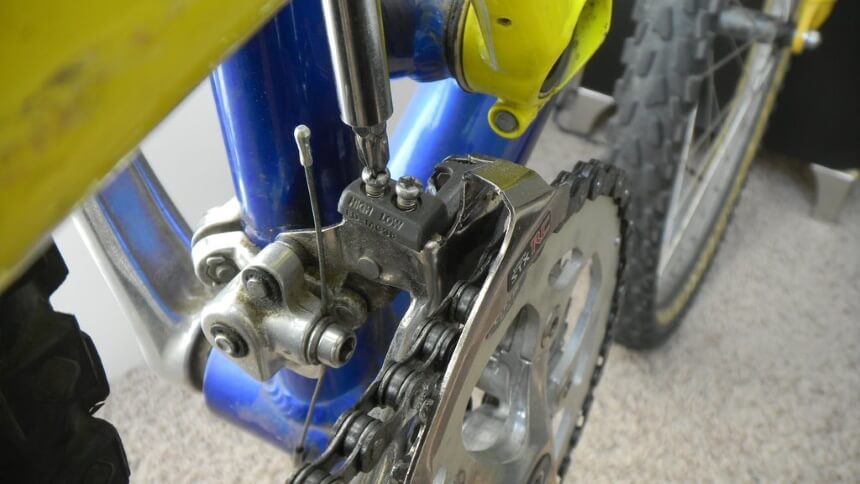 The H-screw limits the swivel range of the front derailleur to the right so that the chain cannot fall outwards over the large chainring.
The H-screw limits the swivel range of the front derailleur to the right so that the chain cannot fall outwards over the large chainring.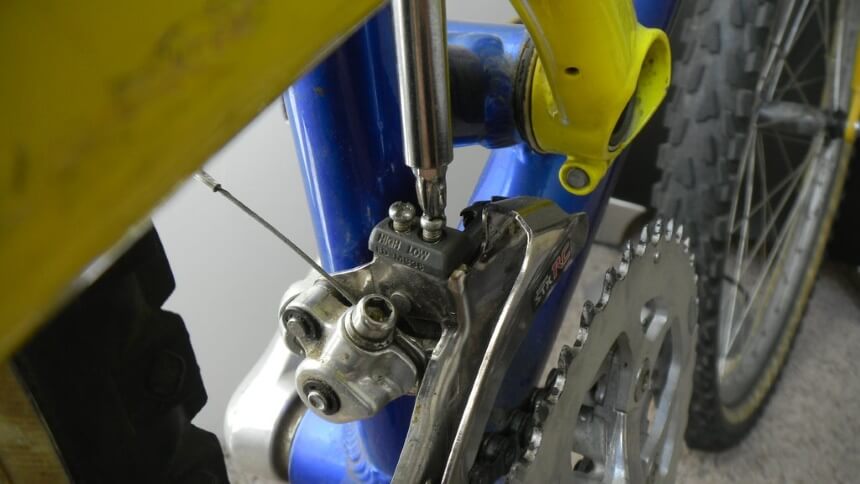 The L-screw limits the range of action of the derailleur inwards. This prevents the chain from falling over the small chainring towards the bottom bracket when shifting.
The L-screw limits the range of action of the derailleur inwards. This prevents the chain from falling over the small chainring towards the bottom bracket when shifting.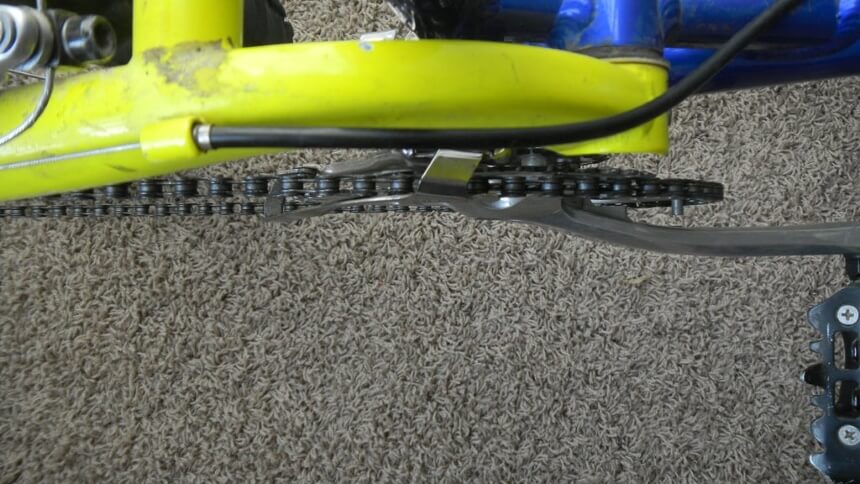 Depending on the frame shape, the derailleur can be hinged from above or below (dual pull) or from the front (front pull). In any case, the train should be clamped with about six to seven newton meters.
Depending on the frame shape, the derailleur can be hinged from above or below (dual pull) or from the front (front pull). In any case, the train should be clamped with about six to seven newton meters.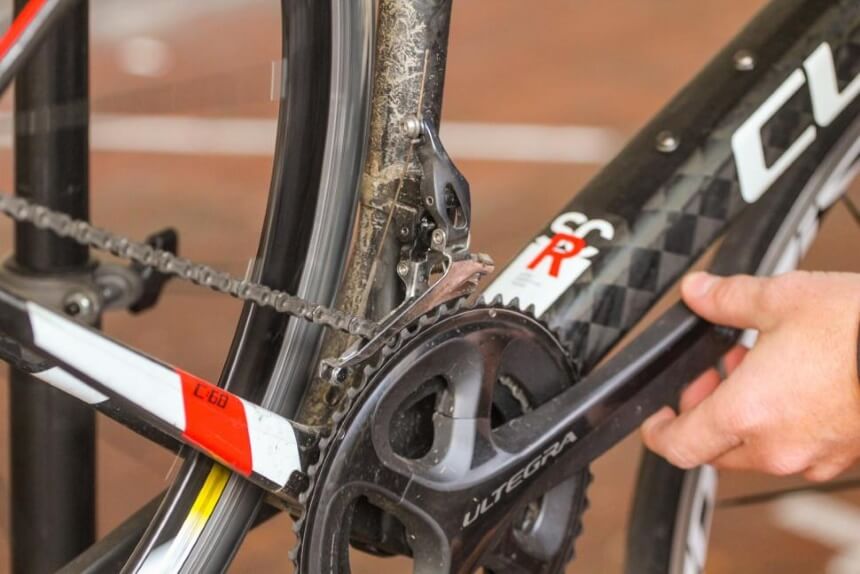 Suppose you turn the tension screw on the shift lever counterclockwise, the tension on the derailleur increases. This makes it easier for the chain to climb onto the larger chainring.
Suppose you turn the tension screw on the shift lever counterclockwise, the tension on the derailleur increases. This makes it easier for the chain to climb onto the larger chainring.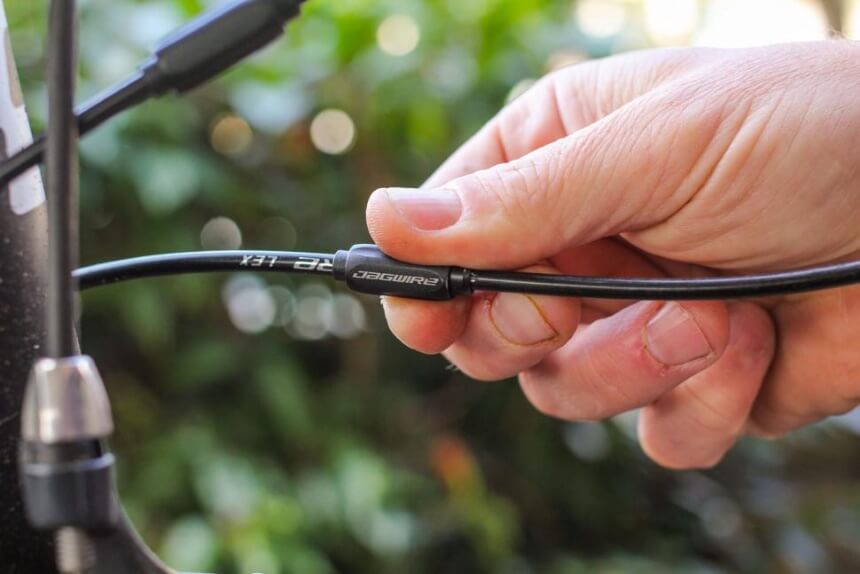 If you remove the small grub screw on the shift lever (Shimano), a new shift cable can be threaded in. To do this, the gear lever must be in its relaxed position – i.e., the small chainring.
If you remove the small grub screw on the shift lever (Shimano), a new shift cable can be threaded in. To do this, the gear lever must be in its relaxed position – i.e., the small chainring.




